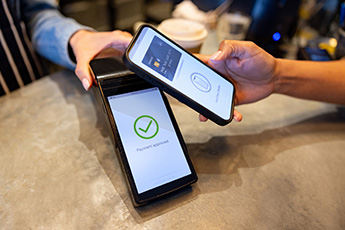A CareerBuilder study looked at the workplace and found some interesting statistics that include such things as: 58% of mangers say they did not receive any management training, 70% of employers use social networking sites to research job candidates during the hiring process and 57% found content that caused them not to hire candidates.
No matter your job situation, we always like to share interesting things community bankers are doing, so today we zero in on a family-owned community bank in OK.
This bank just might be targeting good customer prospects by boldly revolutionizing mobile banking. You see, it offers a mobile banking subscription service similar to that of Spotify. In doing so, the bank is trying to appeal to millennial customers specifically.
To do this, the bank has partnered with a fintech platform that helps it customize its subscription model. To encourage customers to switch and pay $9.95 a month, several unique features are offered such as: international transfers, the possibility to split bills, a button by which to send money to other members, the ability to set savings goals, pay bills or borrow money.
The bank started testing the new service in December with a few families and friends and looks to replace various apps on the customer's mobile device, including Venmo and Apple Pay.
While this is not the first bank to try out subscription mobile banking, it could be the most comprehensive.
Yet another community bank in TX charges $6 monthly for a checking account. Customers pay it to get value-added features such as theft prevention, roadside assistance, shopping and dinner discounts, health discounts and cell phone protection.
No matter what you are considering this year, here are a few tips to add into the mix perhaps:
Flexibility is key. This is the main reason why people subscribe to any service, so it is important. Make sure flexibility is and remains a part of the services provided at all times.
Value must be added. A few years back the big banks tried to add fees for services that their customers got for free and it did not go over well. Make sure that you are not simply adding a fee for current services, but that you are adding new and sought-after services such as budgeting control or expedited lending.
Consider rewarding for referring. Some customers are used to "sharing" what they like to use. To expand your customer base exponentially, you could provide these customers with a reward for referring friends and family to your subscription service. You could perhaps even discount their monthly fee based on the number of people they refer.
The subscription model has shown its worth in other areas to be sure, such as music, movies and even razor blades. While banking is different, customers may try this out, so perhaps it might make some sense. No one quite knows how customers will accept this model, so tread carefully here as you keep experimenting with ways to capture new customers and delight your existing ones too.




